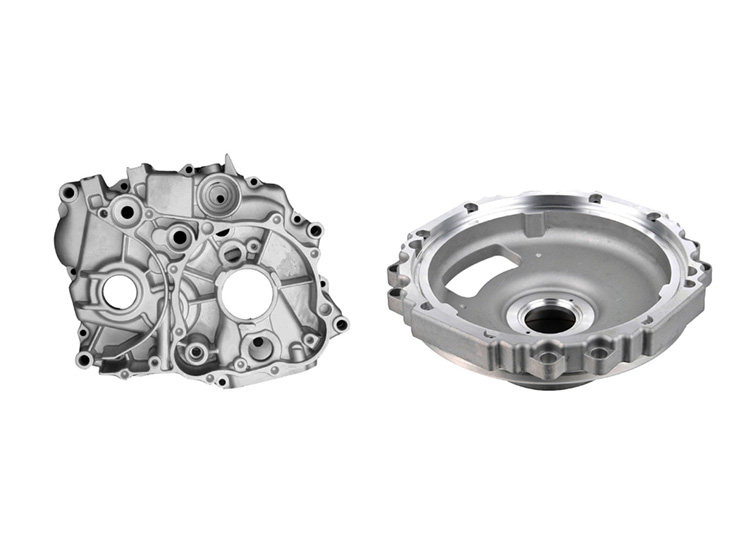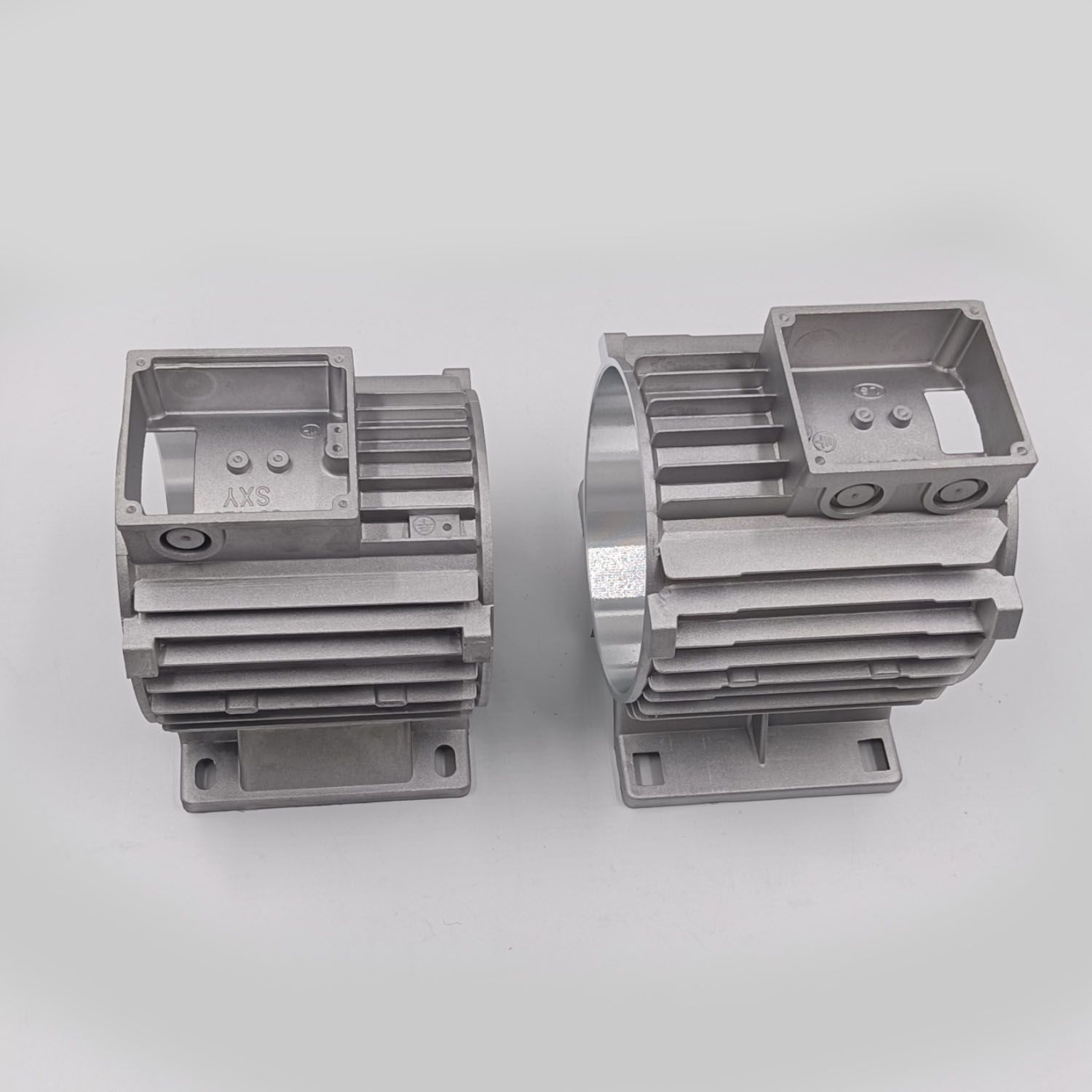About Stahl Specialty Company
About Stahl Specialty Company
Blog Article
Some Of Stahl Specialty Company
Table of ContentsSome Known Incorrect Statements About Stahl Specialty Company The Greatest Guide To Stahl Specialty CompanySome Known Details About Stahl Specialty Company Getting My Stahl Specialty Company To WorkGetting My Stahl Specialty Company To WorkTop Guidelines Of Stahl Specialty Company

If you're making a steel product, you've likely considered utilizing aluminum as the base material. Pure aluminum has actually limited applications, so it is often incorporated with other aspects, such as silicon, magnesium, and manganese to create alloys.
Different components and quantities create a broad selection of desirable physical and chemical residential or commercial properties. And the Light weight aluminum Association (AA), based in North America, has produced specifications that manage light weight aluminum alloys' make-up, properties, and nomenclature. There are two types of light weight aluminum alloys wrought and cast. Shop employees create these alloy key ins different methods, which significantly impacts their attributes.
The Facts About Stahl Specialty Company Revealed
Cast light weight aluminum alloys are made by thawing pure light weight aluminum and combining it with various other steels while in fluid kind. The mix is put into a sand, die, or investment mold and mildew.

For instance, 160.0 stands for a cast with a minimum of 99.60% aluminum. The 4th figure, which comes after the decimal factor, specifies if the alloy is a spreading (xxx. 0) or an ingot (xxx. 1). Wrought aluminum alloys likewise begin by incorporating molten light weight aluminum with various other steels. In comparison to cast alloys, nevertheless, they are created right into their last form via processes such as extrusion, rolling, and bending after the metal has strengthened right into billets or ingots.
There are many minor differences between wrought and cast aluminum alloys, such as that cast alloys can include much more considerable amounts of other steels than wrought alloys. However the most significant distinction between these alloys is the fabrication process where they will certainly go to deliver the end product. Aside from some surface therapies, cast alloys will exit their mold and mildew in nearly the exact strong kind desired, whereas wrought alloys will go through numerous alterations while in their solid state.
If you believe that a wrought alloy may be the very best for your project, take a look at some of our write-ups that describe more about particular functioned alloys, such as Alloy 6061 and Alloy 6063. On the various other hand, if you think an actors alloy would be better for you, you can find out extra regarding some cast alloys in our Alloy 380 and Alloy 383 short articles (coming quickly).
The Of Stahl Specialty Company
When selecting an aluminum factory for your production needs, it's critical to examine numerous aspects. One of the most critical elements to take into consideration is the experience and proficiency of the shop. Aluminum Casting. Selecting a foundry who has the best expertise of the light weight aluminum spreading process, and the profile to show for it, helps to have an effective end result for your project
Having the experience and industry knowledge to craft your castings for optimum production and quality results will enhance the job. Making light weight aluminum spreading calls for a complex set of procedures to attain the best results. When picking a new light weight aluminum factory to companion with, guarantee they have substantial industry experience and are experienced concerning all aspects of the aluminum casting process: layout, manufacturing, product analysis, and product screening.
The foundry needs to additionally have a proven record of delivering outstanding products that fulfill or exceed customer expectations. Quality control must likewise go to the top of your listing when selecting an aluminum shop. By working with a qualified shop that adheres to the requirements for high quality control, you can shield the stability of your product and guarantee it fulfills your specifications.
By choosing a firm that provides solutions that meet or exceed your item needs, you can be certain that your task will be completed with miraculous precision and efficiency. Specific light weight aluminum factories concentrate on details sorts of producing procedures or casting approaches. Different parts require different production techniques to cast aluminum, such as sand spreading or die casting.
All about Stahl Specialty Company
Die spreading is the name offered to the process of producing intricate steel components via use molds of the part, likewise referred to as dies. The procedure makes use of non-ferrous steels which do not have iron, such as aluminum, zinc and magnesium, because of the desirable residential or commercial properties of the steels such as low weight, higher conductivity, non-magnetic conductivity and resistance to rust.
Die casting production is quick, making high production levels of parts easy. It produces even more parts than any kind of other procedure, with a high level of accuracy and repeatability. To read more regarding die casting and pass away spreading materials made use of at the same time, continued reading. There are three sub-processes that fall under the group of die spreading: gravity die spreading (or irreversible mold spreading), low-pressure die spreading and high-pressure die casting.
After the pureness of the alloy is evaluated, passes away are created. To prepare the dies for casting, it is vital that the dies are clean, so that no residue from previous manufacturings continue to be.
4 Simple Techniques For Stahl Specialty Company
The pure steel, additionally referred to as ingot, is included in the heater and maintained at the molten temperature of the steel, which is after that transferred to the injection chamber and injected right into the die. The stress is after that preserved as the steel strengthens. As soon as the metal solidifies, the cooling procedure starts.
(https://www.40billion.com/profile/501088413)
The thicker the wall surface of the part, the longer the cooling time as a result of the amount of indoor metal that additionally requires to cool. After the part is completely cooled, the die halves open and an ejection mechanism pushes the part out. Adhering to the ejection, the die is shut for the next shot cycle.
The flash is the added material that is cast throughout the process. Deburring eliminates the smaller sized pieces, called burrs, after the cutting procedure.
A Biased View of Stahl Specialty Company

Zinc is just one of one of the most previously owned alloys for die casting due to its reduced cost of basic materials. It's likewise one of the stronger and stable metals. And also, it has superb electrical and thermal conductivity. Its corrosion resistance likewise allows the parts to be long-term, and it is just one of the much more castable alloys because of its lower melting factor - Casting Foundry.
As pointed out, this alloy is one of one of the most commonly made use of, yet manufactures will, at times, select light weight aluminum over zinc because of light weight aluminum's manufacturing advantages. Aluminum is very affordable and one of the extra versatile alloys. Light weight aluminum is utilized for a number of different items and sectors anything from home window structures to aerospace materials.
Report this page